1. Winds of Change!
The Mill has housed many activities since it was built in 1724! Back then Grandmaster Manoel de Vilhena saw the need for more flour to be produced, which was essential to feed the growing Maltese population. He set up the ‘Fondazione Vilhena’ through which five windmills were built in Birkirkara, Zejtun, Zurrieq, Naxxar and Rabat. As a consequence of the industrial revolution and the dependence on wind conditions, the Mill stopped milling wheat in 1929. The Mill was used as residencies for multiple families, especially during the second world war. It was then used in the 70s The Mill by a blacksmith. Fast forward to June 1990, it was opened as a contemporary art centre by Gabriel and Mary Rose Caruana!
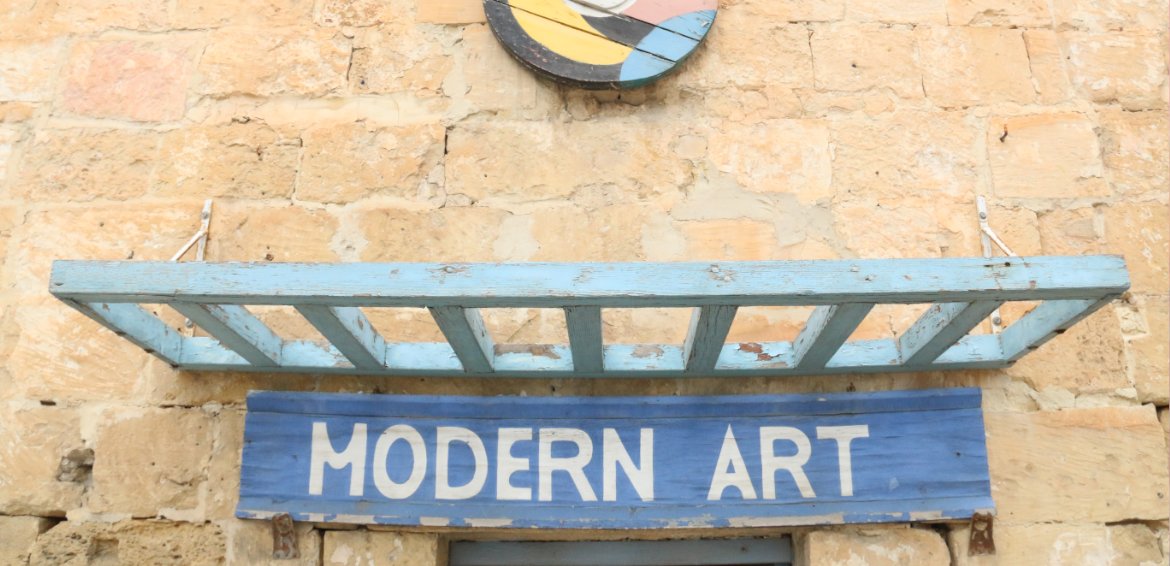
2. Interpreting Gabriel
At The Mill we find different interpretations of Gabriel Carua; a bust by Anglu Aguis, a welcoming portrait by Lawrence Buttigieg, another bust by Toni Agius and an inspired bust by a Bulgarian artist. Lawrence Buttigieg’s oil painting is a new addition to The Mill’s collection having originally been at Gabriel’s studio in Balzan, we felt that this portrait is a fitting tribute to Gabriel as it reminds us of his welcoming attitude.
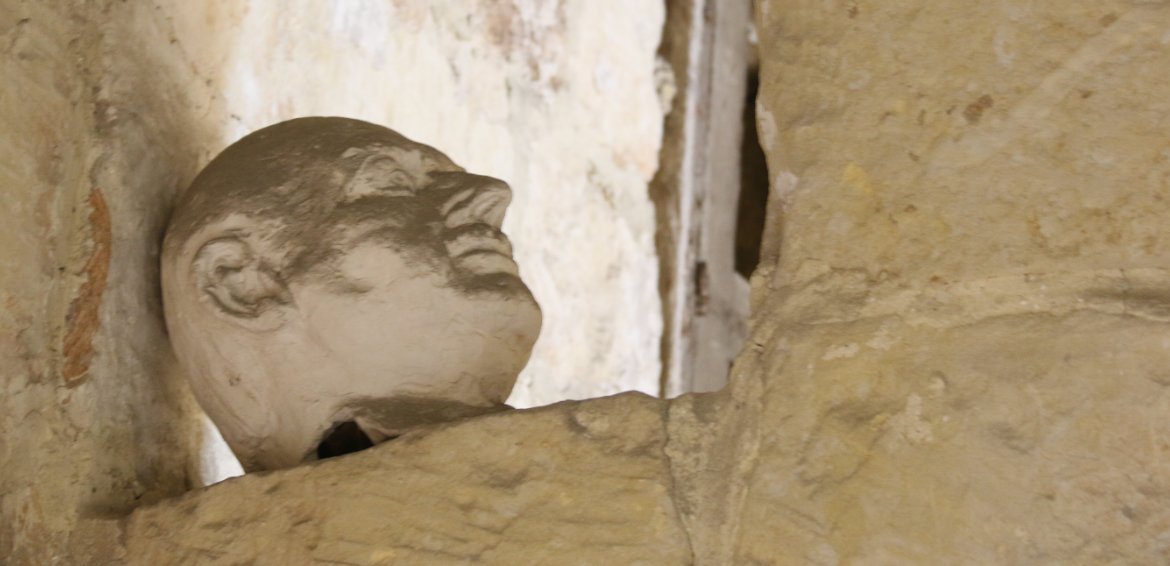
3. The writing is on the wall!
Well not exactly, the image is! The Mill has its secrets, markings left by people along the centuries. On each level we find different images. Up in the tower the Mill (wind vanes included) was etched in the masonry, along with the year 1853. On the first floor, some decorative frescoes can be seen on one of the walls. In the entrance, we find a unique wall painting by Gabriel Caruana himself, which depicts the family.
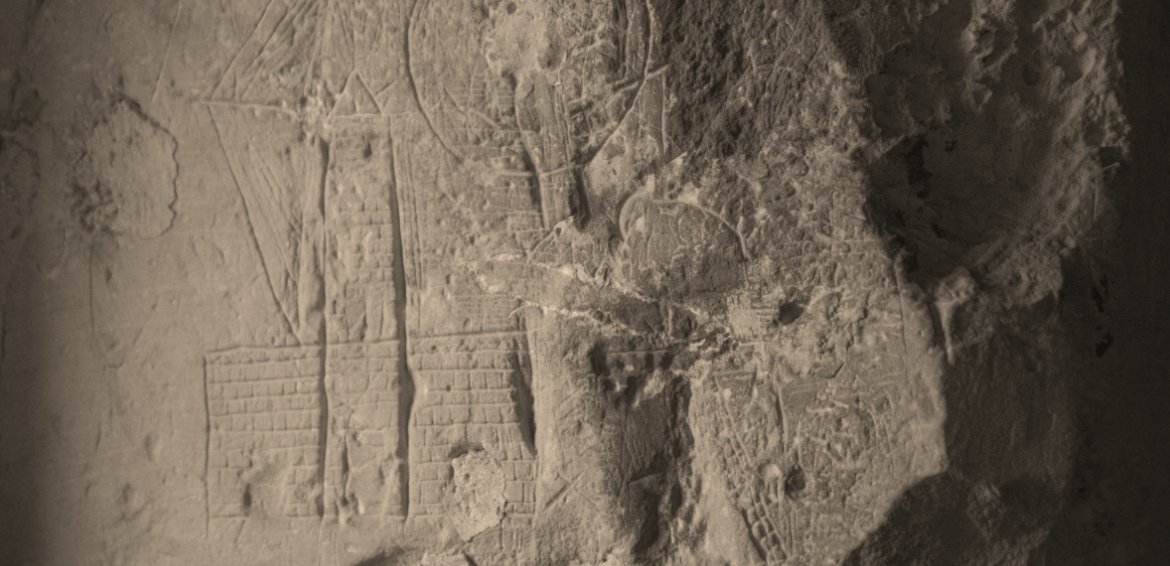
4. Healthy wholemeal flour!
The Mill is known by many names but originally it was known as il-Mitħna tal-Maħlut. The Mill is in fact built in an area historically known as tal-Maħlut. But what does Maħlut mean? The word originates from the Maltese term mixed (imħallat) and refers to the mix of wheat and rye used to produce wholemeal flour. This flour, which was unrefined and therefore cheaper, was transformed into bread to be eaten by the Maltese peasant population.
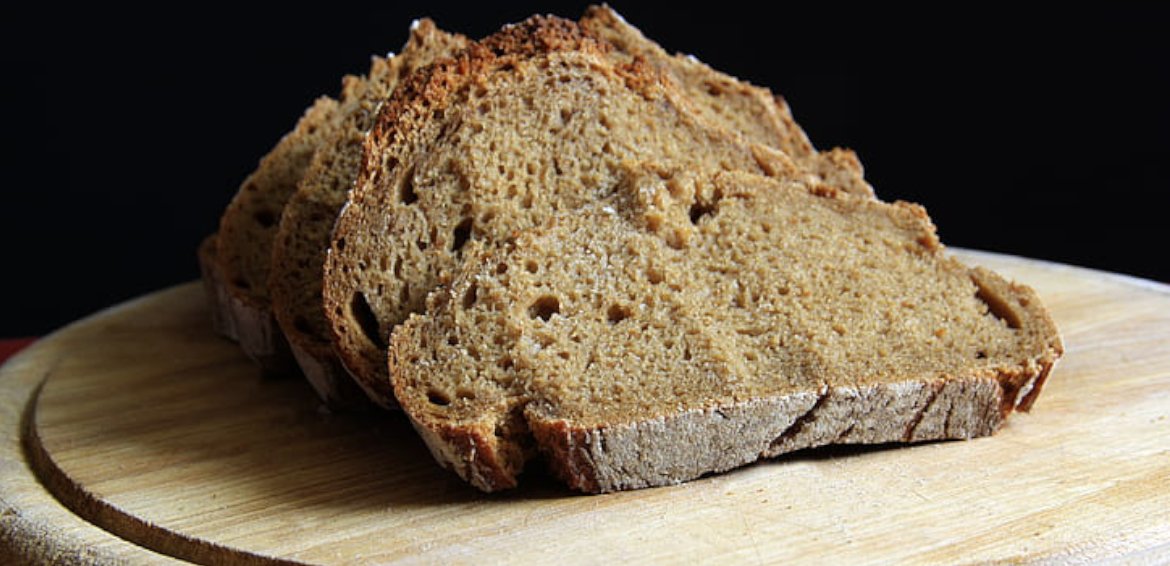
5. Birkirkara, rolls on your tongue, but what does it mean exactly?
Birkirkara is a town in the central region of the island of Malta. We all know the notorious flash floods, which are the result of urban development along the river valley that cuts through the town of Birkirkara. According to Giovanni Francisco Abela (1647) the name Birkirkara means “pozzo freddo” (pozzo = well [Bir in Maltese]), freddo =cold) or ‘strascino’ (dragging).
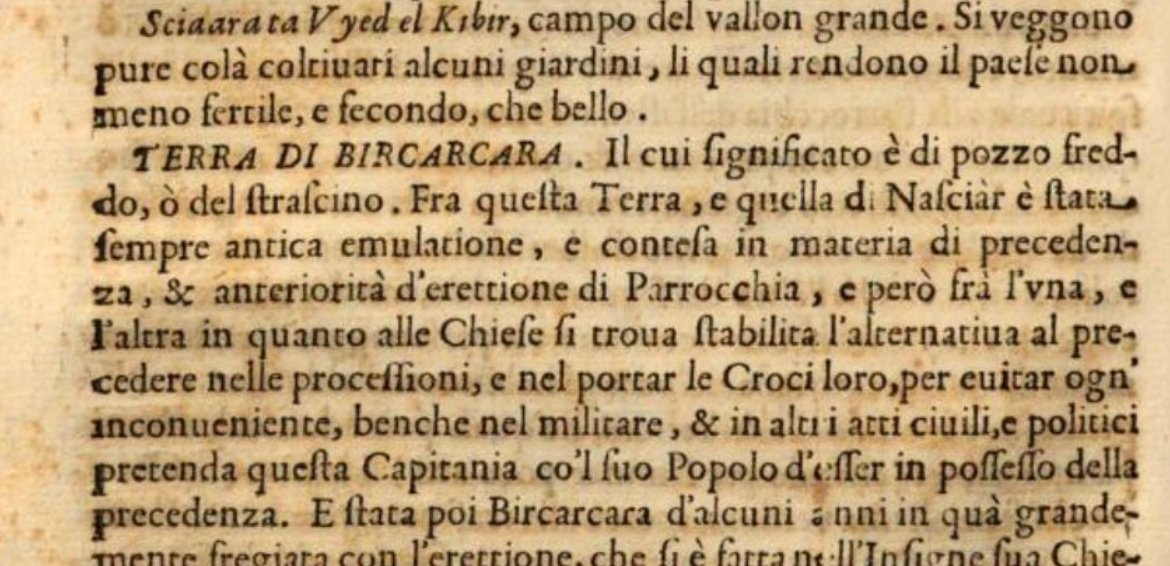
6. 300 years of changes – urban landscape
The Mill is a persistent reminder of the constant change we experience. It is a rural feature surrounded by a busy urban centre. Over the last three centuries The Mill has seen many changes; once surrounded by golden fields, development slowly crept up, and in the 1950s large tracts of agricultural fields were replaced by residences, ready to accommodate the baby boomers.

7. A Schedule 1 Property
Back in 2012, together with other windmills across the Maltese islands, The Mill was confirmed as a Grade 1 Scheduled Building through Government Notice 486 of 2012. This is the highest level of protection a building can be bestowed! It’s a giant leap in our appreciation of our cultural heritage. Up until a few decades ago part of the Mill’s perimeter was demolished to make way for a new road. In the 1980’s there were also plans to transform The Mill into a roundabout! Thankfully plans for this were shelved and The Mill and the small square next to The Mill were saved for us to enjoy!

Community Call!
Do you know any other quirky facts about The Mill? Let us know by sending us your stories, photos and videos as part of our Community Call which is part of 30@20 – The Mill project. This project is funded through the Voluntary Organisations Project Scheme managed by the Malta Council for the Voluntary Sector on behalf of Parliamentary Secretary for Youth, Sports and Voluntary Organisations within the Ministry for Education and Employment.

